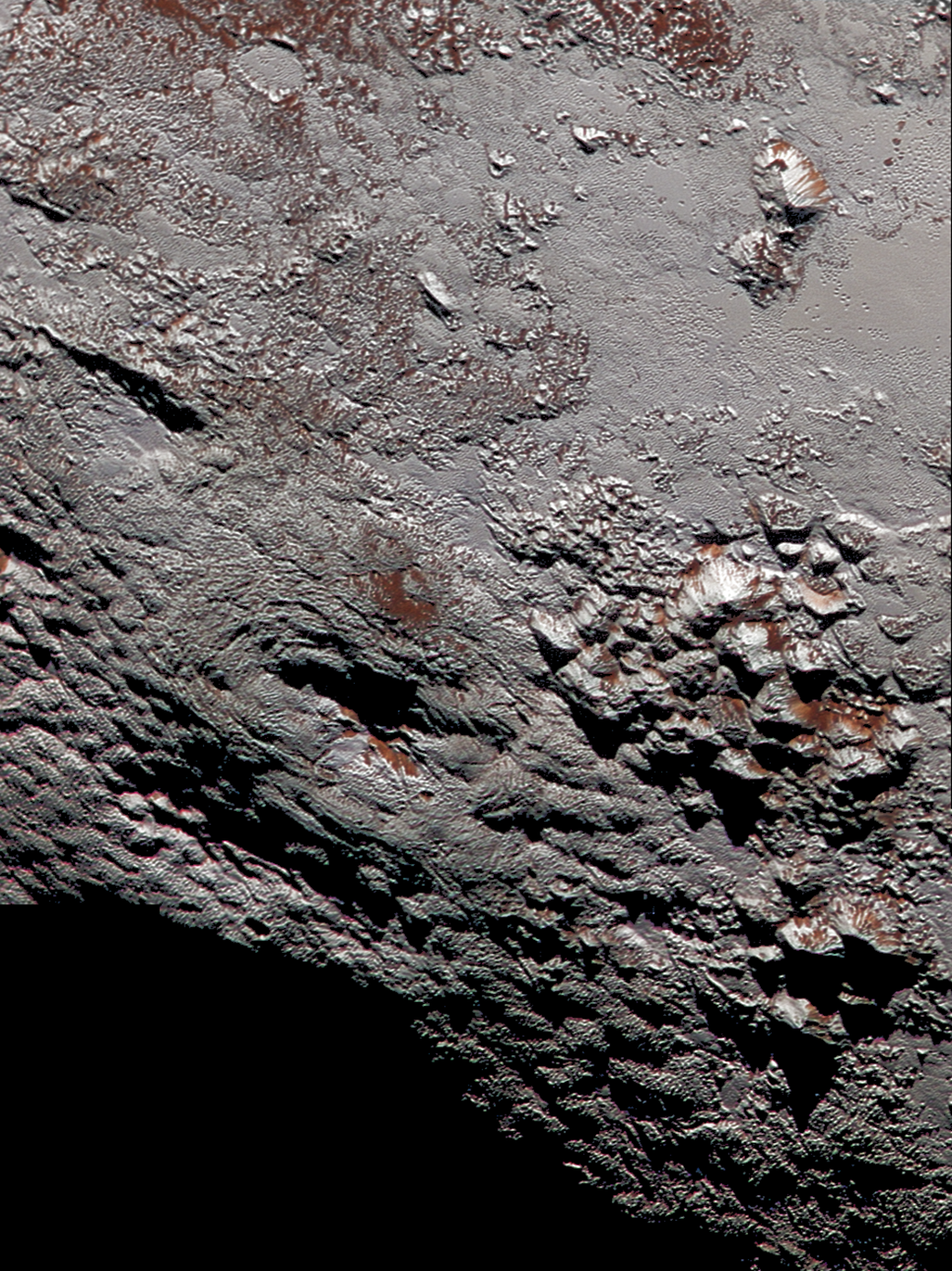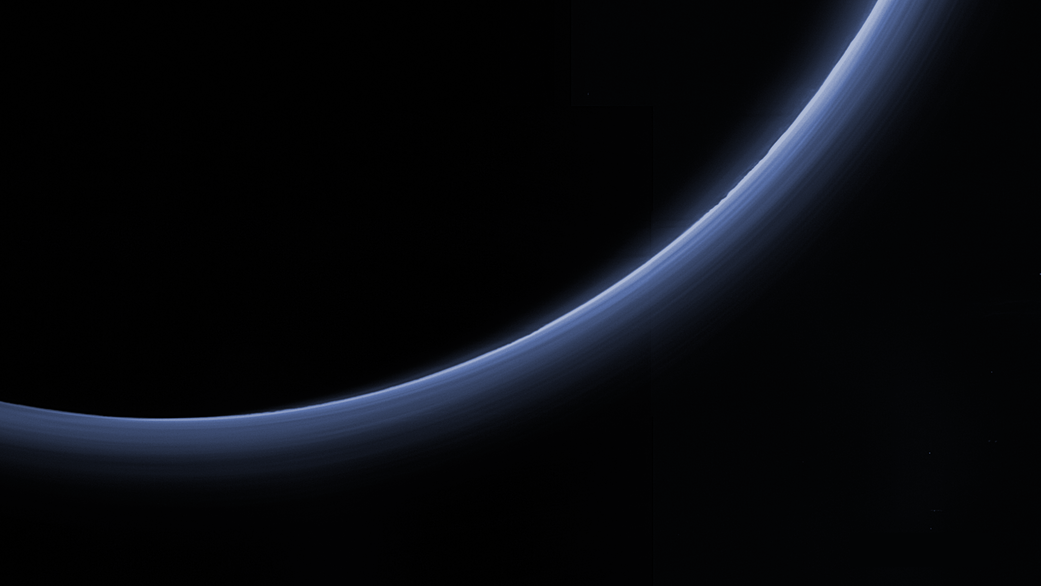A Closer Look At A Possible Ice Volcano

Pluto's Blue Haze

For the original press release, read here.


For the original press release, read here.

To access the full features of Pluto Safari please download the FREE app for iOS from the Apple App Store or Pluto Safari: New Horizons for Android from Google Play.
Alternatively, if you have SkySafari or Pluto Safari installed you could download the simulation settings file here.